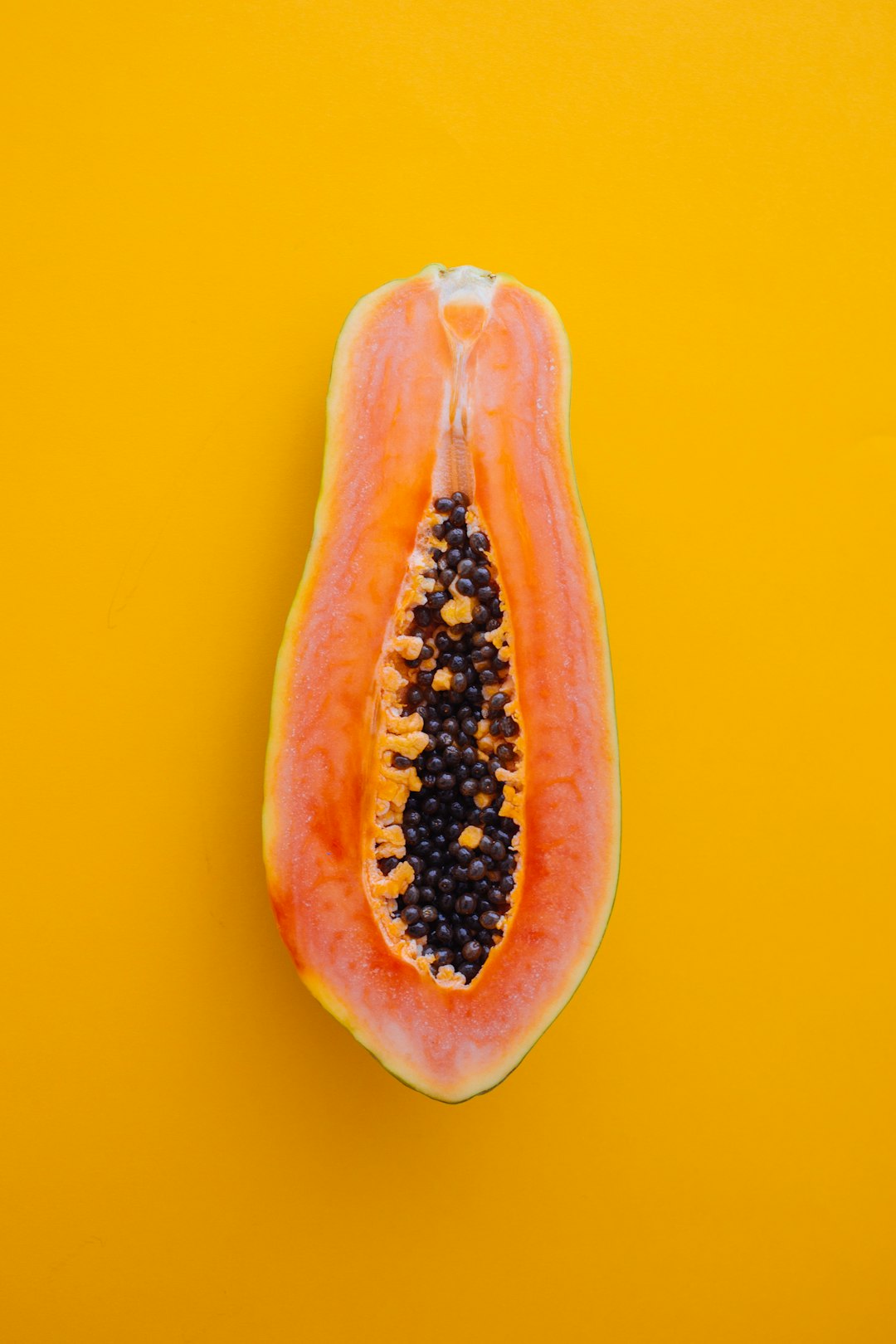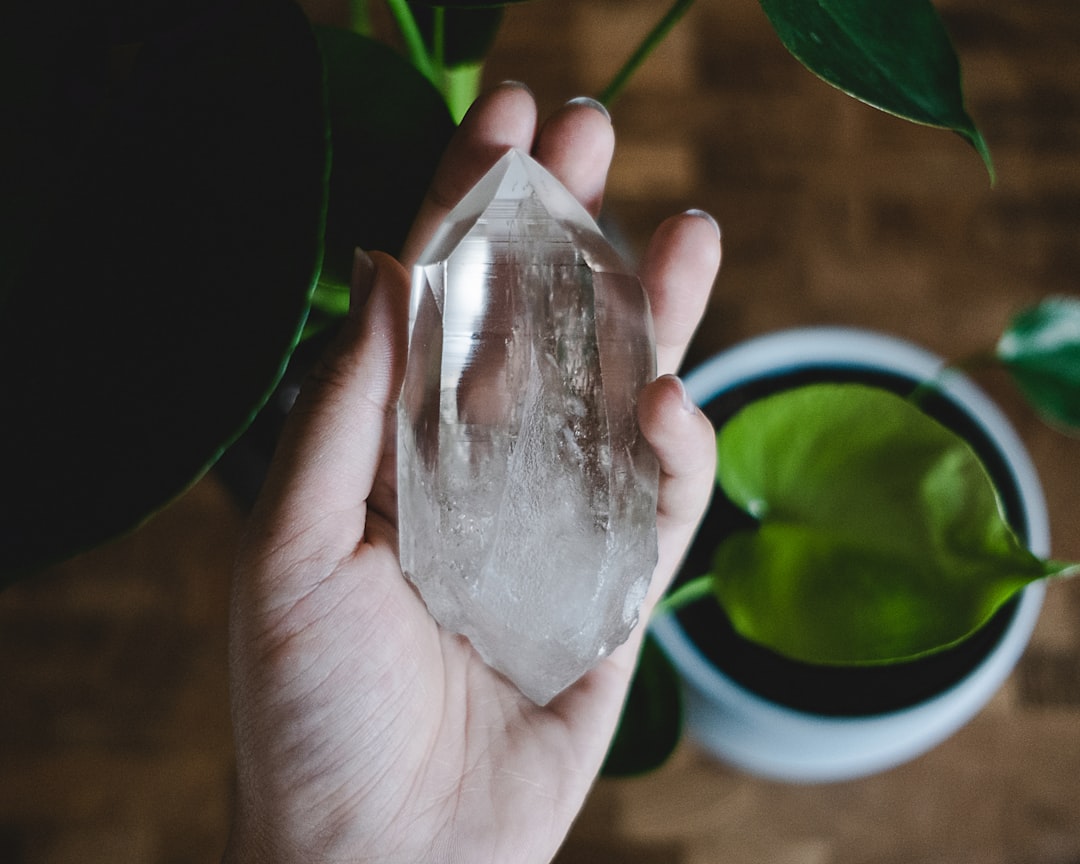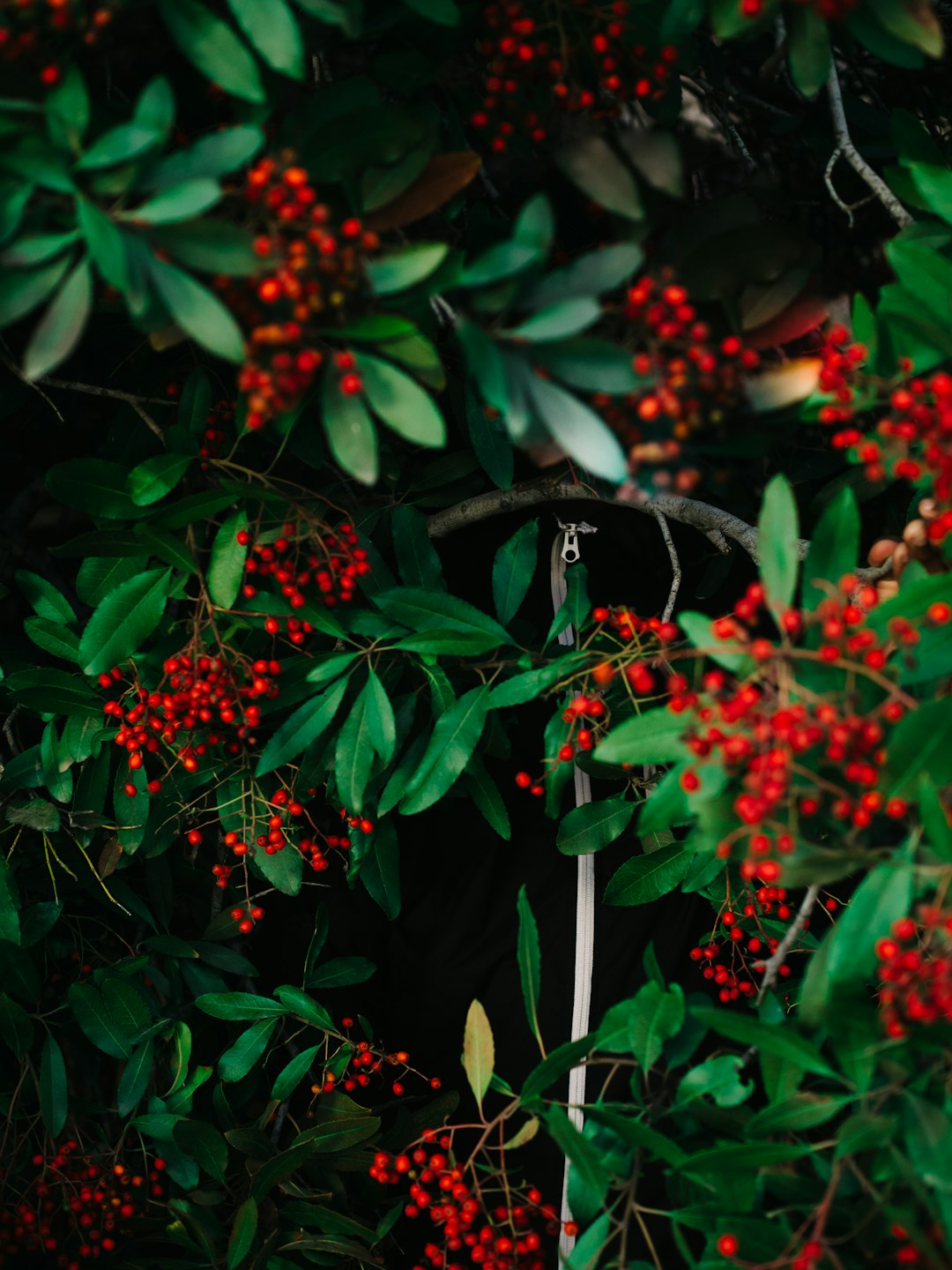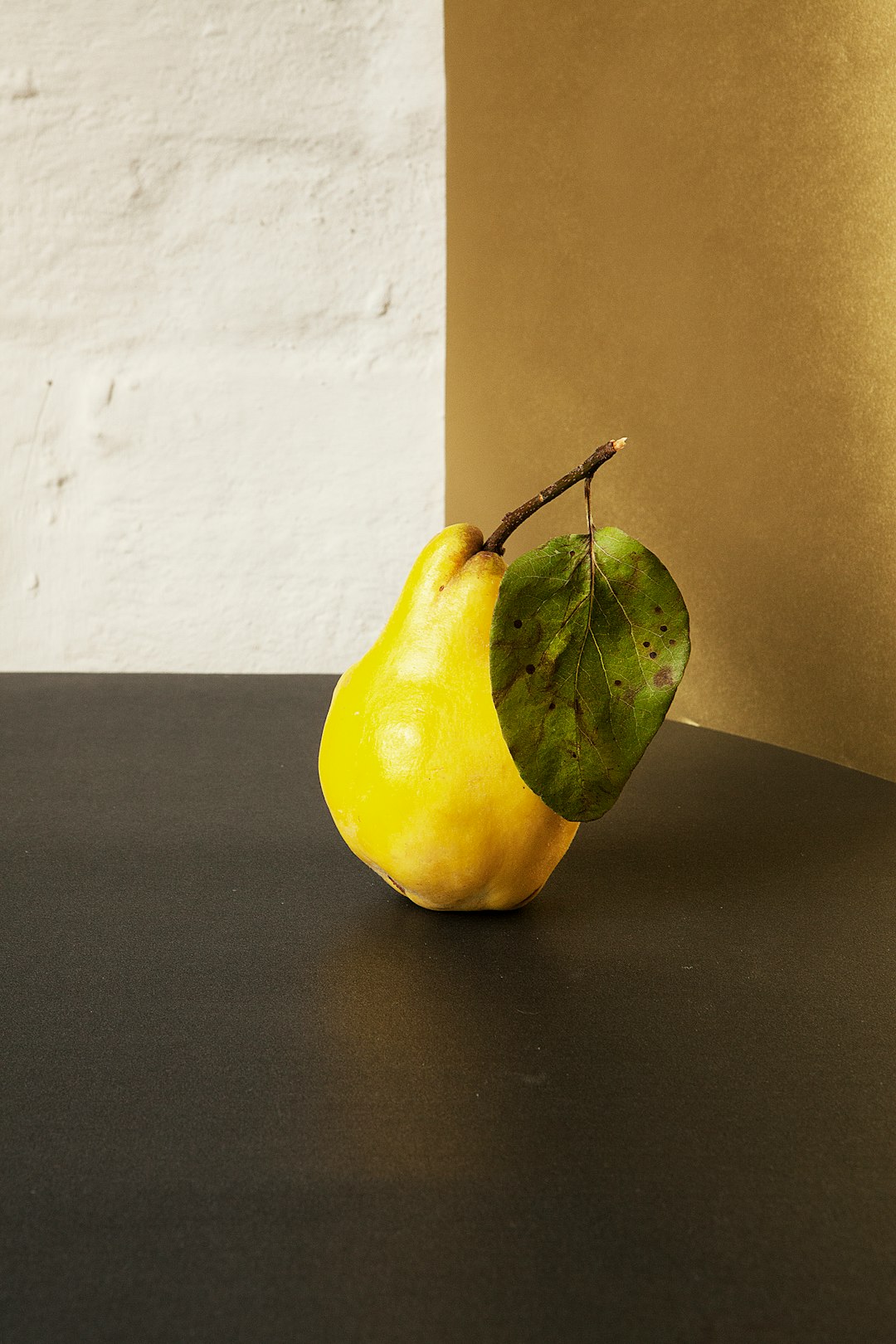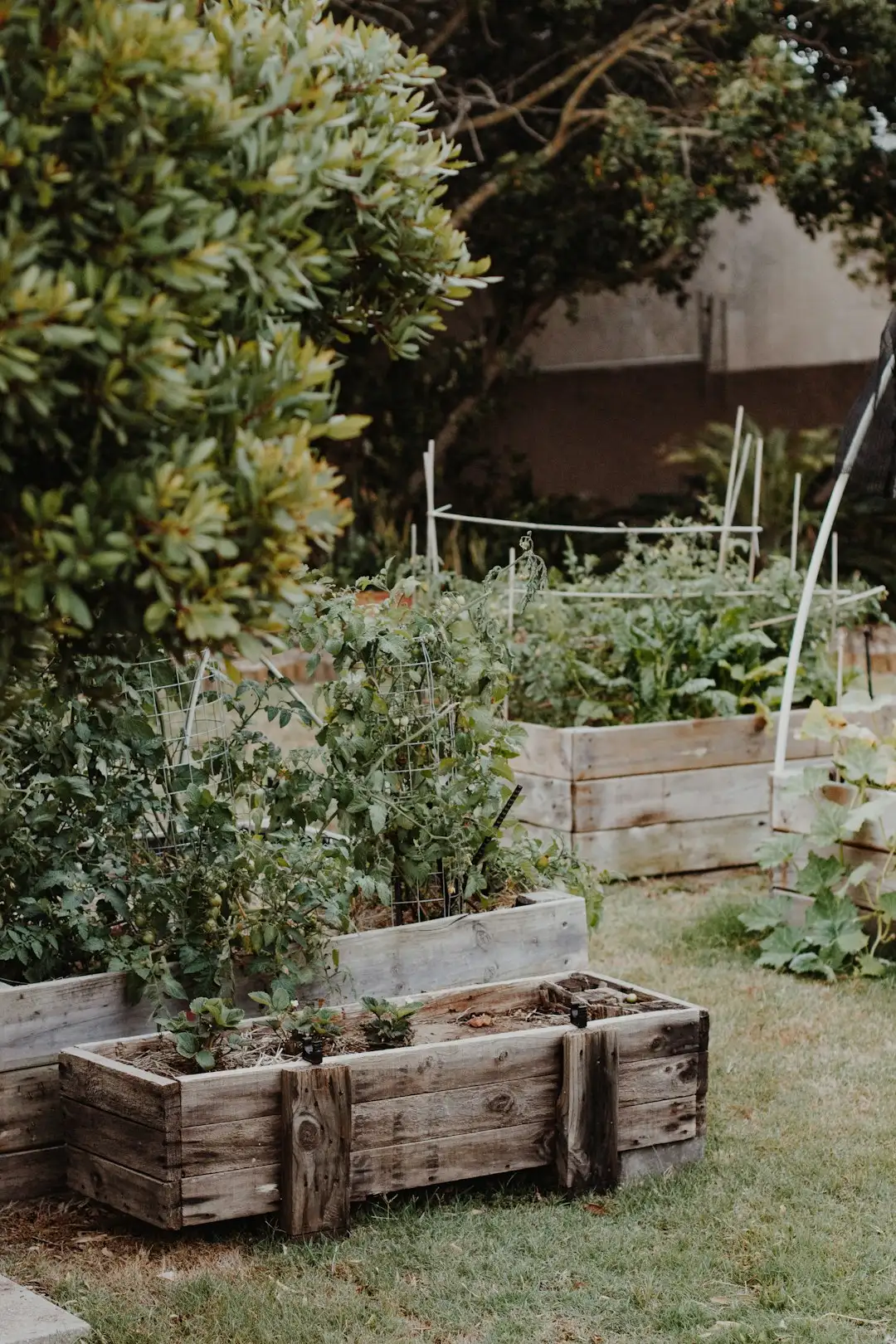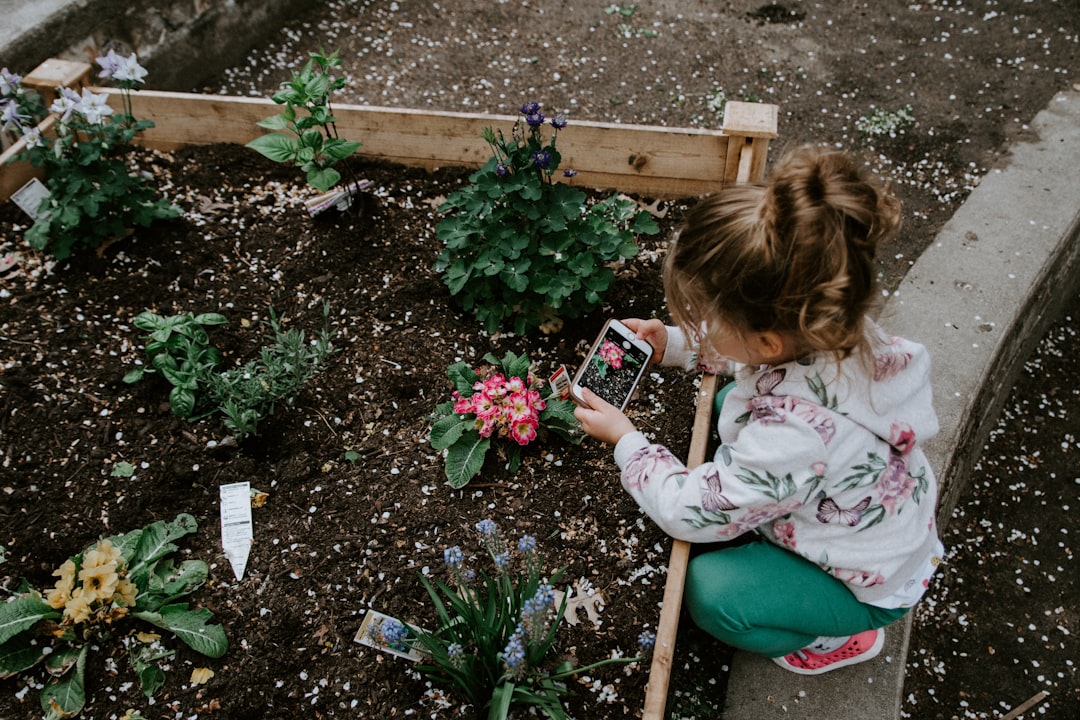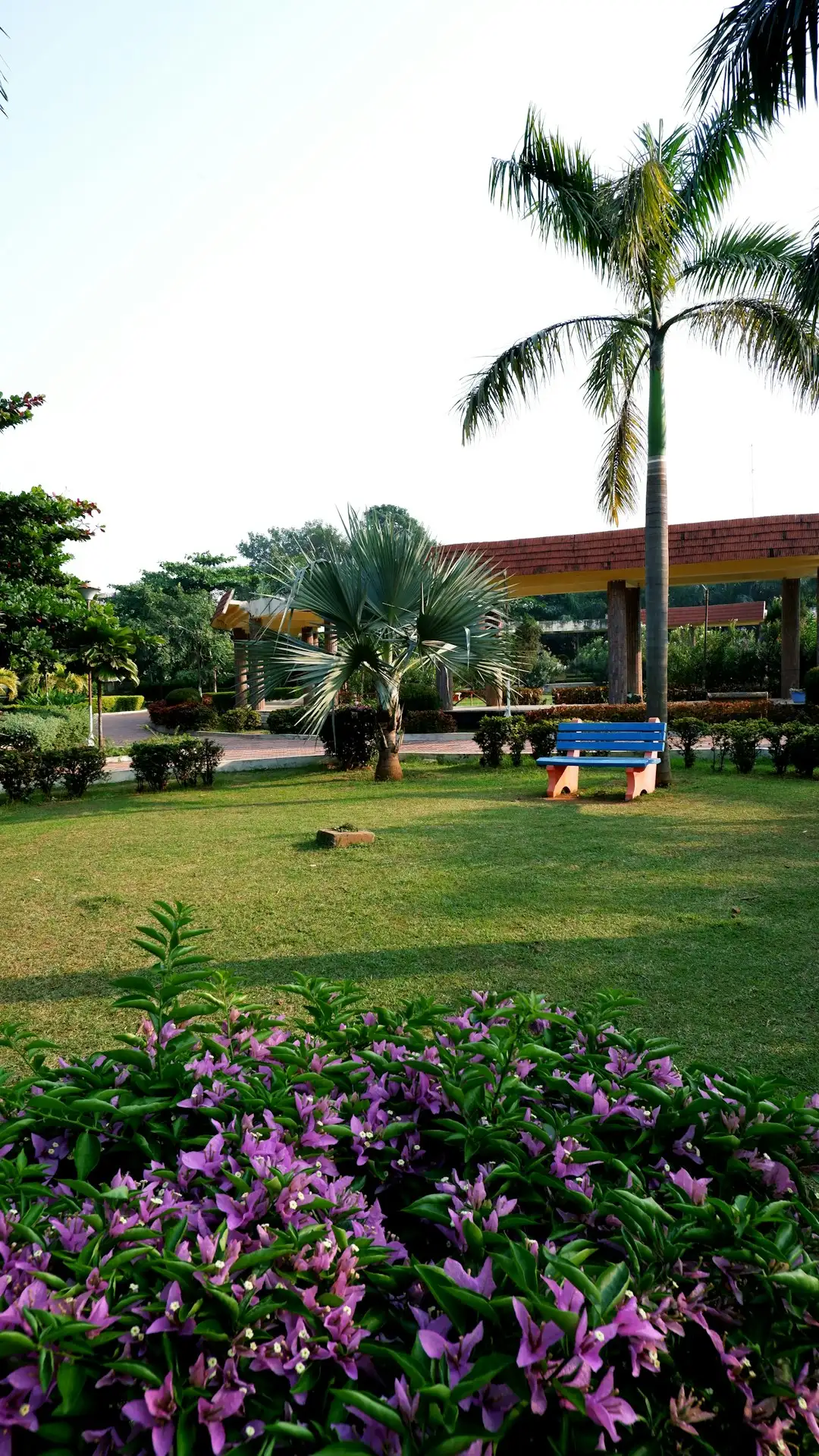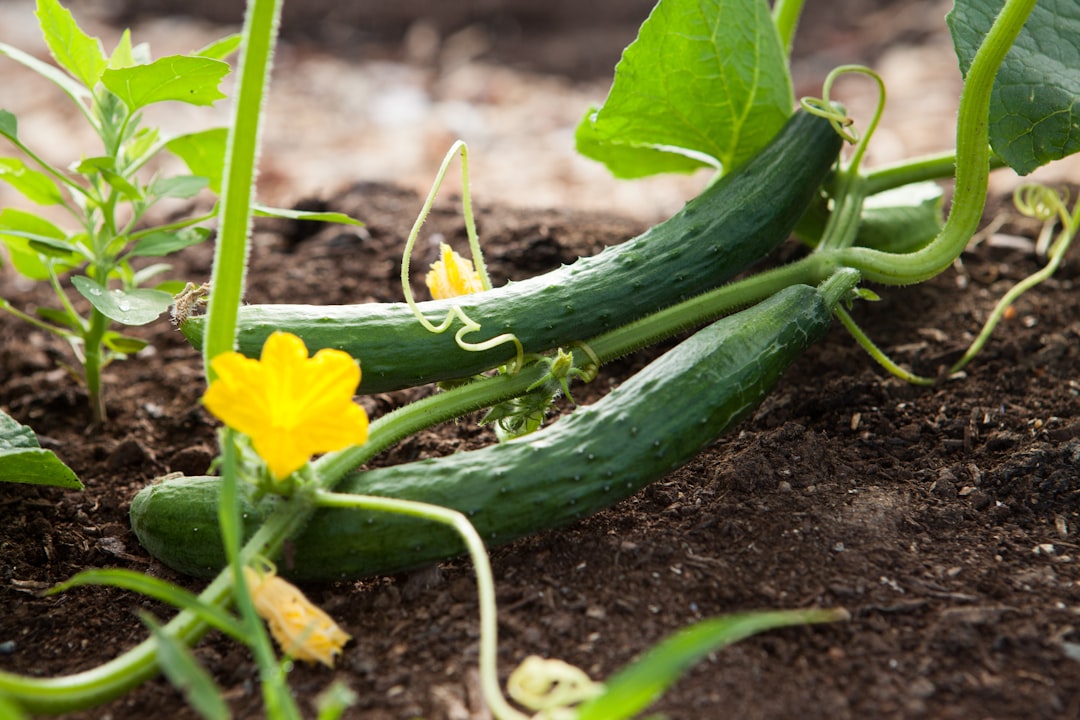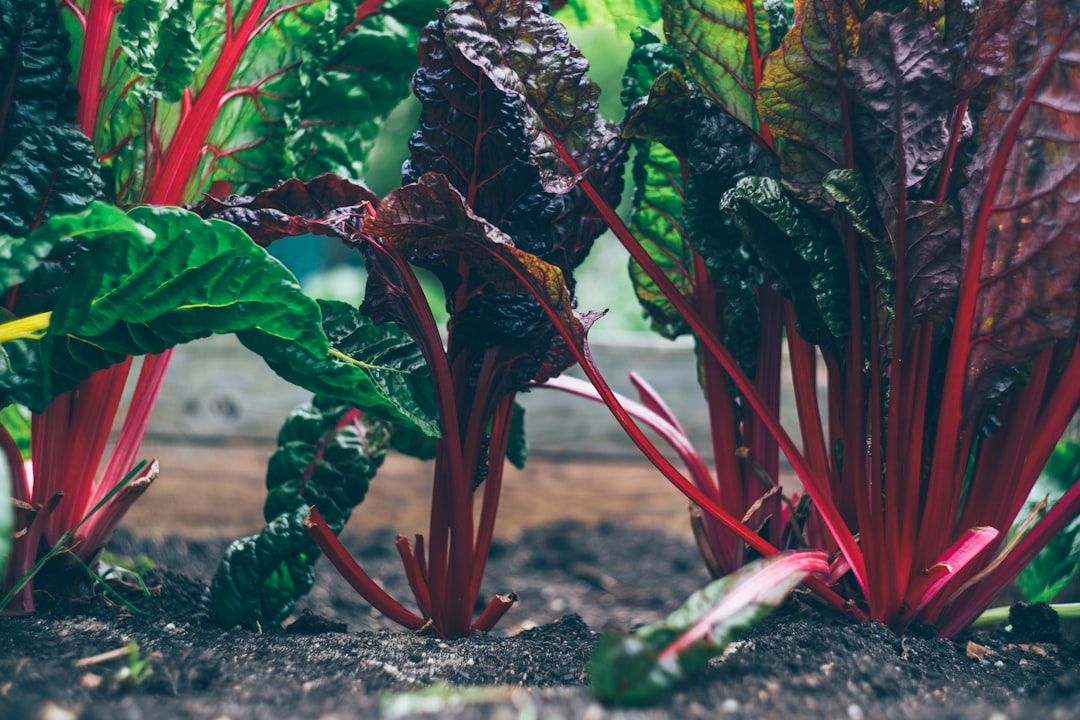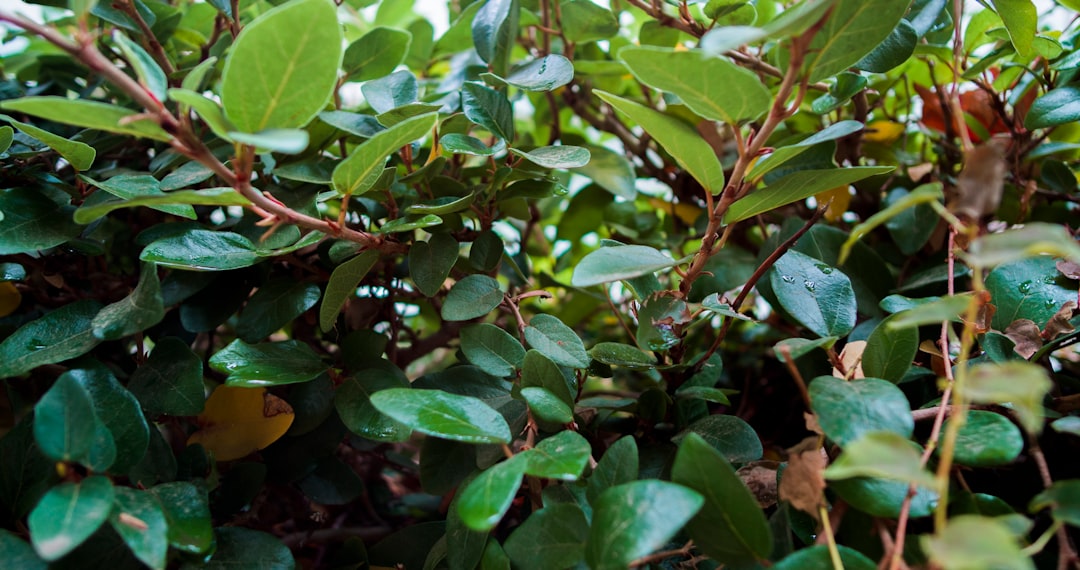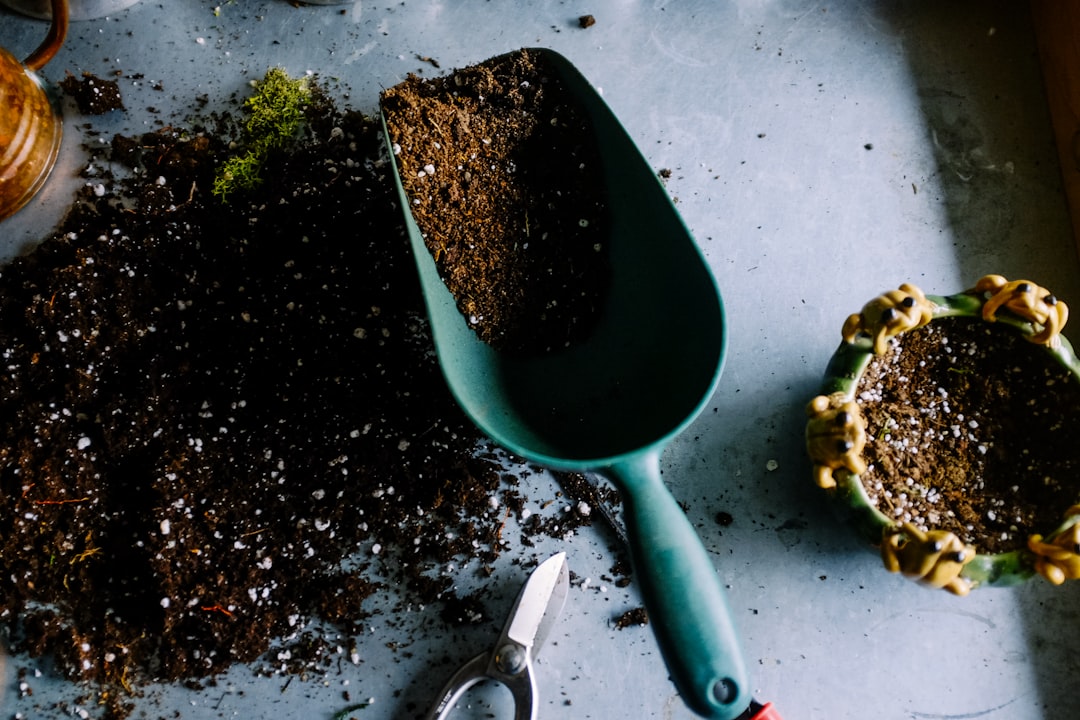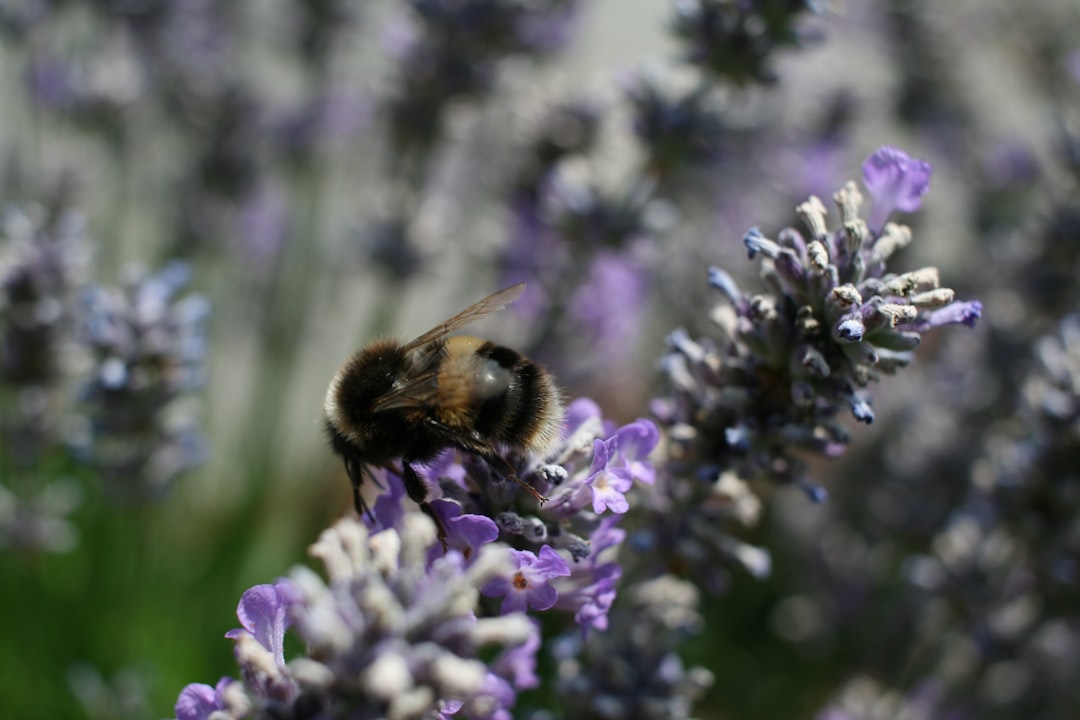
Edible gardening, especially vegetable gardening, is a rewarding endeavor that allows you to enjoy fresh, home - grown produce. Whether you opt for a conventional or organic vegetable garden, using fertilizer effectively is crucial for a bountiful harvest. In this article, we'll explore some valuable tips to help you make the most of your fertilizer.
First and foremost, understanding your soil is the foundation of effective fertilization. Conduct a soil test before you start planting. A soil test will reveal the pH level of your soil, as well as the amounts of essential nutrients such as nitrogen (N), phosphorus (P), and potassium (K). Different vegetables have different soil requirements. For example, leafy greens like spinach and lettuce generally thrive in soil with a slightly acidic to neutral pH and a good supply of nitrogen. On the other hand, root vegetables such as carrots and radishes prefer well - drained soil with a balanced amount of nutrients.
Once you know the nutrient content of your soil, you can choose the right type of fertilizer. In a conventional garden, you have a wide range of synthetic fertilizers available. These fertilizers are often labeled with three numbers, representing the percentage of nitrogen, phosphorus, and potassium respectively. For instance, a 10 - 10 - 10 fertilizer contains 10% nitrogen, 10% phosphorus, and 10% potassium. If your soil test shows a deficiency in nitrogen, you might choose a fertilizer with a higher first number, like 20 - 5 - 5.
In an organic garden, the options are more natural. Compost is one of the best organic fertilizers. It enriches the soil with a variety of nutrients, improves soil structure, and enhances water retention. You can make your own compost at home using kitchen scraps, yard waste, and leaves. Manure is another excellent organic fertilizer. Cow manure, horse manure, and chicken manure are commonly used. However, it's important to age the manure before using it in the garden to avoid burning the plants. Aged manure is less likely to contain harmful pathogens and has a more balanced nutrient content.
Timing is also a key factor in effective fertilizer use. For most vegetables, it's a good idea to apply fertilizer at the time of planting. This gives the young plants a boost of nutrients as they start to grow. You can mix the fertilizer into the soil in the planting hole or spread it evenly over the planting area and then till it in. As the plants grow, they may need additional fertilization. Side - dressing is a common technique where you apply fertilizer alongside the rows of plants. This is especially important for heavy - feeding vegetables like tomatoes and corn.
When applying fertilizer, it's essential to follow the recommended application rates. Over - fertilizing can be just as harmful as under - fertilizing. Too much nitrogen, for example, can lead to excessive leaf growth at the expense of fruit or vegetable production. It can also cause environmental problems, such as water pollution when the excess nutrients leach into groundwater or nearby water bodies. Read the instructions on the fertilizer package carefully and measure the amount of fertilizer accurately.
Another tip is to use slow - release fertilizers. These fertilizers release nutrients gradually over time, providing a steady supply of nutrients to the plants. This reduces the risk of over - fertilization and ensures that the plants have access to nutrients throughout the growing season. Slow - release fertilizers are available in both synthetic and organic forms. For example, some organic slow - release fertilizers are made from bone meal, blood meal, and fish emulsion.
Watering is closely related to fertilizer use. After applying fertilizer, water the plants thoroughly. This helps to dissolve the fertilizer and carry the nutrients down to the roots. However, be careful not to over - water, as this can also cause the nutrients to leach out of the soil. A good rule of thumb is to water deeply but infrequently, allowing the soil to dry out slightly between waterings.
Finally, consider crop rotation in your vegetable garden. Different vegetables have different nutrient requirements. By rotating your crops each year, you can prevent the depletion of specific nutrients in the soil. For example, if you grow nitrogen - fixing legumes like beans or peas one year, they will add nitrogen to the soil. The next year, you can plant nitrogen - hungry vegetables like cabbage or broccoli in the same area.
In conclusion, effective fertilizer use in your vegetable garden requires a combination of understanding your soil, choosing the right fertilizer, applying it at the right time and rate, and considering other factors like watering and crop rotation. By following these tips, you can ensure that your vegetable garden is healthy, productive, and provides you with delicious, home - grown vegetables for years to come.
New








